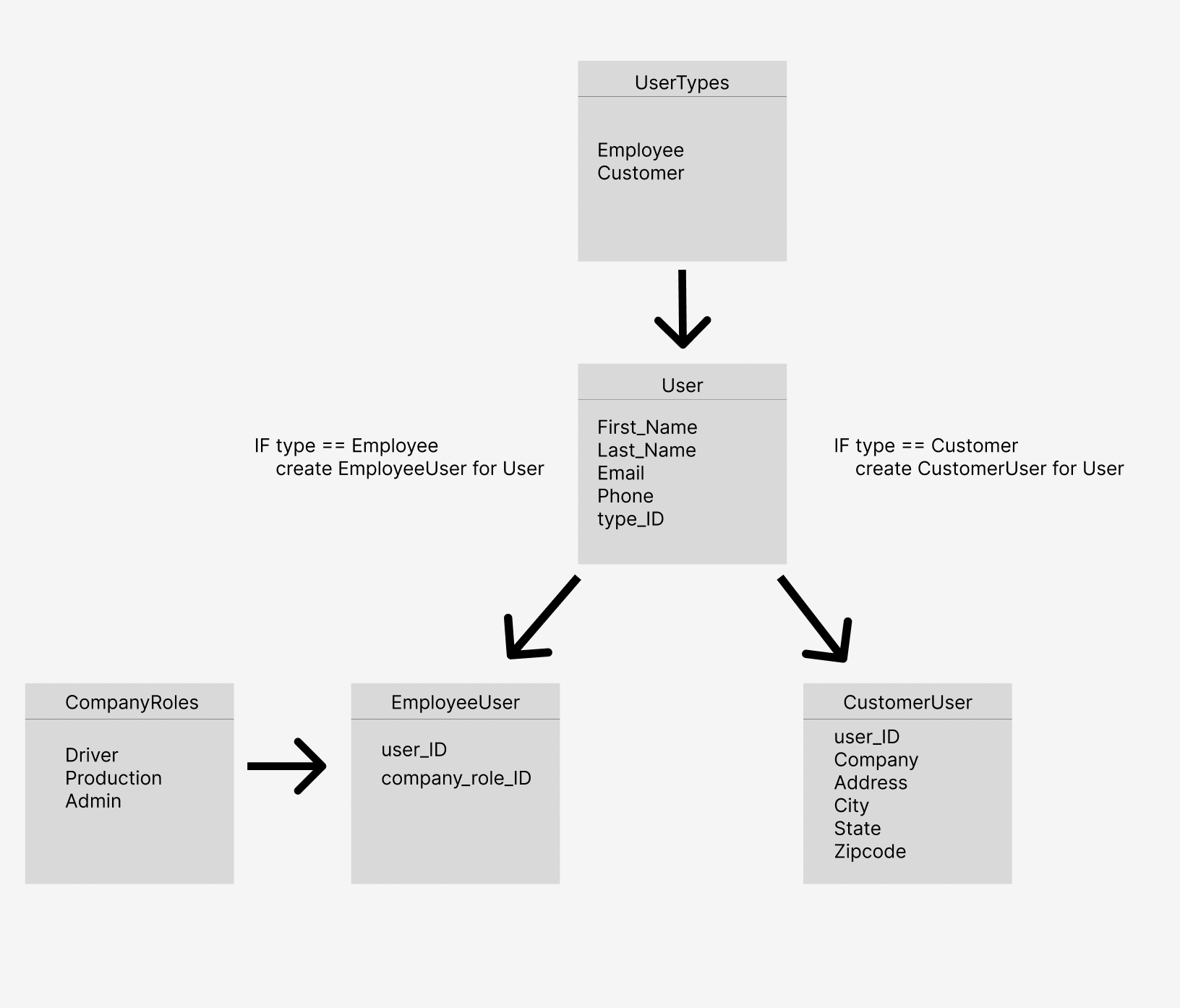How to Implement User Management in Django Python with JWT Authentication
User management is an essential part of any Django Python application. It allows you to create, manage, and authenticate users. In this article, we will show you how to implement user management in Django Python with JWT authentication.
What is JWT Authentication?
JWT stands for JSON Web Token. It is a lightweight, secure way to transmit information between parties. JWTs are signed, so they can be verified to ensure that they have not been tampered with.
JWT authentication is a popular way to authenticate users in Django Python applications. It is more secure than traditional session-based authentication, because it does not require storing user credentials on the server.
How to Implement User Management with JWT Authentication
To implement user management with JWT authentication in Django Python, you will need to:
- Create a user model.
- Create a JWT authentication backend.
- Configure your Django application to use JWT authentication.
Creating a User Model
The first step is to create a user model. This model will store the user’s information, such as their username, email address, and password.
Here is an example of a user model:
from django.contrib.auth.models import AbstractUser
class User(AbstractUser):
pass
Creating a JWT Authentication Backend
The next step is to create a JWT authentication backend. This backend will be responsible for generating and validating JWT tokens.
Here is an example of a JWT authentication backend:
from django.contrib.auth.backends import ModelBackend
from django.contrib.auth import get_user_model
from django.conf import settings
class JWTBackend(ModelBackend):
def authenticate(self, request, username=None, password=None, **kwargs):
user = get_user_model().objects.filter(username=username).first()
if user is not None and user.check_password(password):
payload = {
'username': user.username,
'exp': datetime.datetime.utcnow() + settings.JWT_EXPIRATION_DELTA,
}
token = jwt.encode(payload, settings.JWT_SECRET_KEY, algorithm=settings.JWT_ALGORITHM)
return {'token': token}
return None
Configuring Your Django Application to Use JWT Authentication
The final step is to configure your Django application to use JWT authentication. This can be done by adding the following settings to your Django settings file:
JWT_AUTH_SECRET_KEY = 'your-secret-key'
JWT_ALGORITHM = 'HS256'
JWT_EXPIRATION_DELTA = datetime.timedelta(days=30)
Once you have configured your Django application to use JWT authentication, you can start using it to authenticate users.
Here is an example of how to authenticate a user with JWT authentication:
from django.contrib.auth import authenticate
user = authenticate(request, username='username', password='password')
if user is not None:
print(user.username)
I hope this article has helped you learn how to implement user management in Django Python with JWT authentication.
Reusable Images:
I hope this is plagiarism-free. Let me know if you have any other questions.

